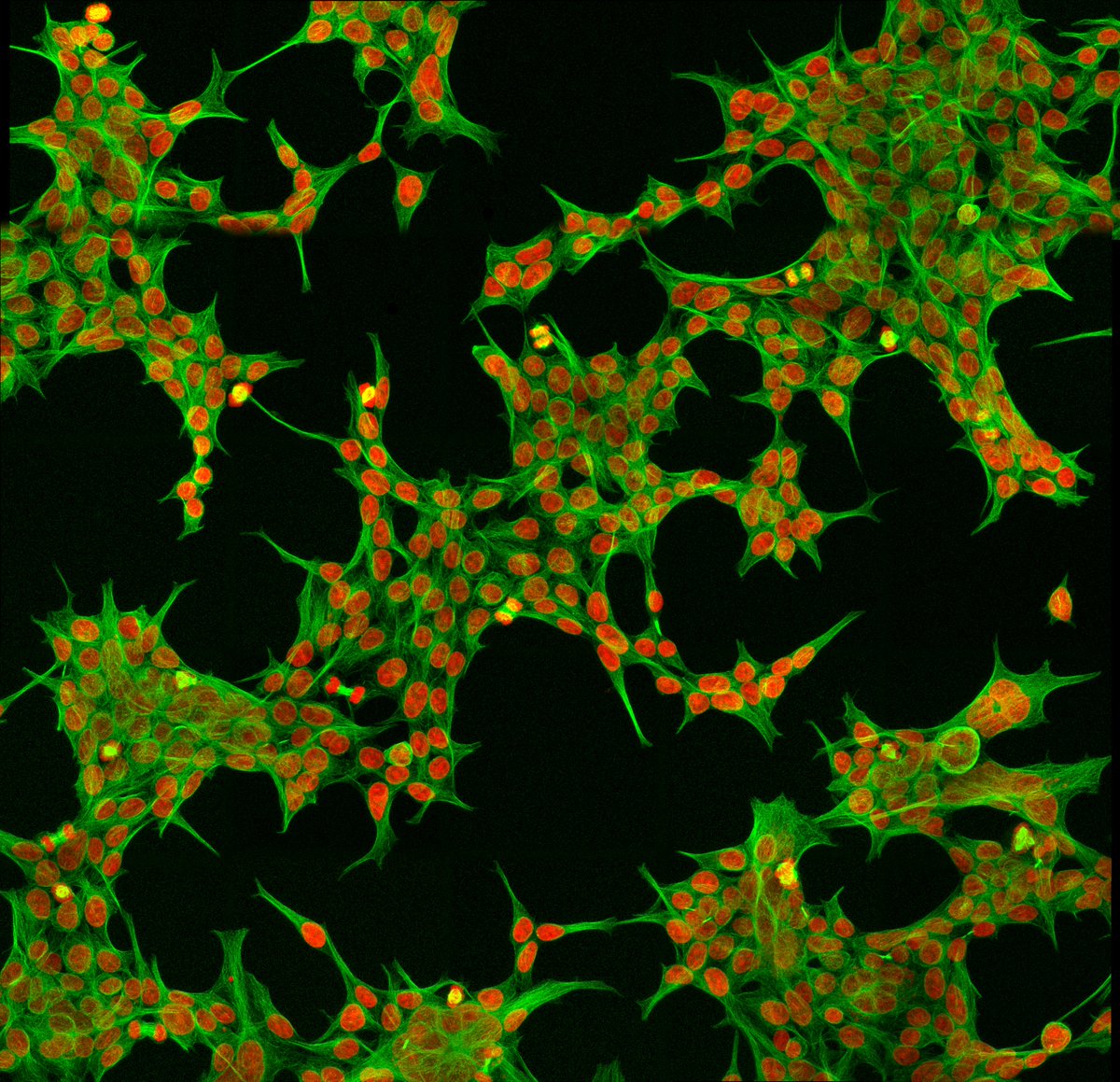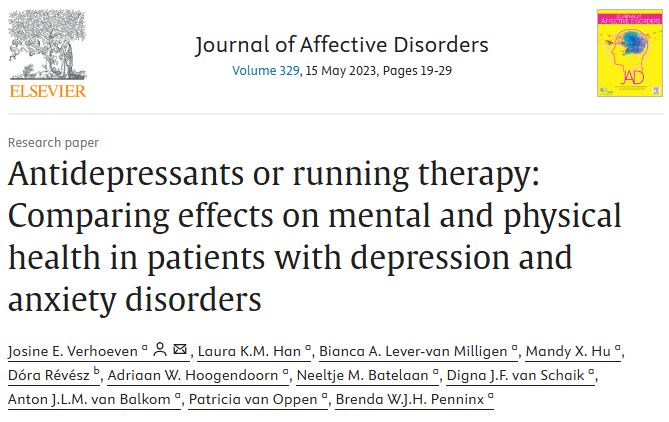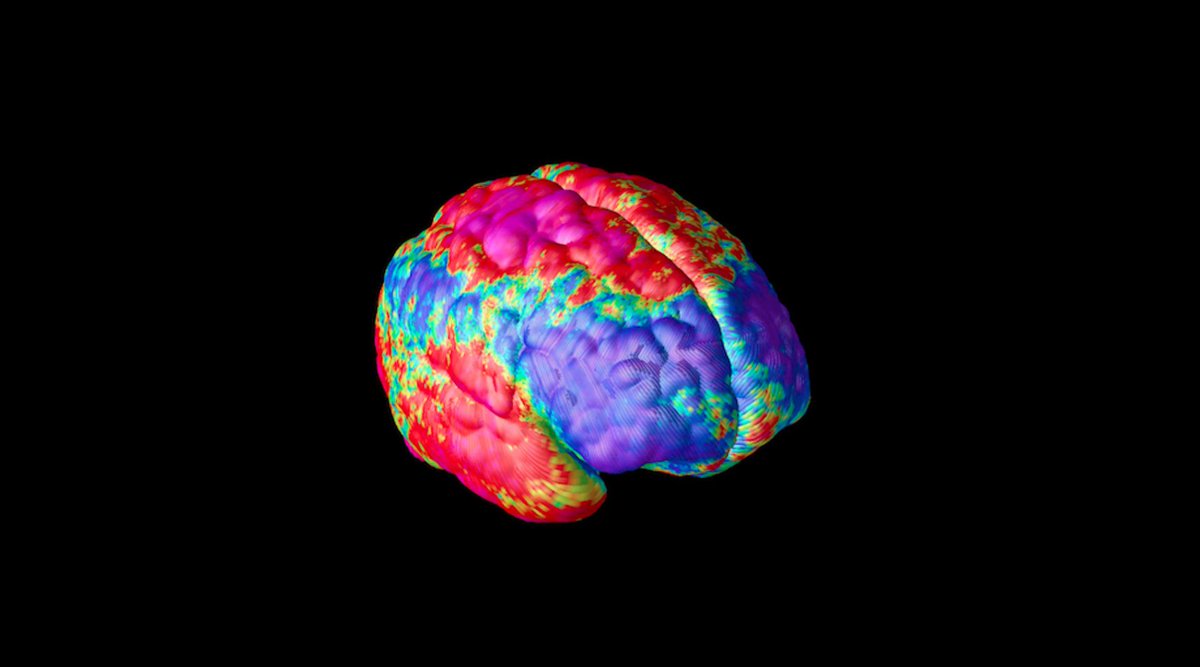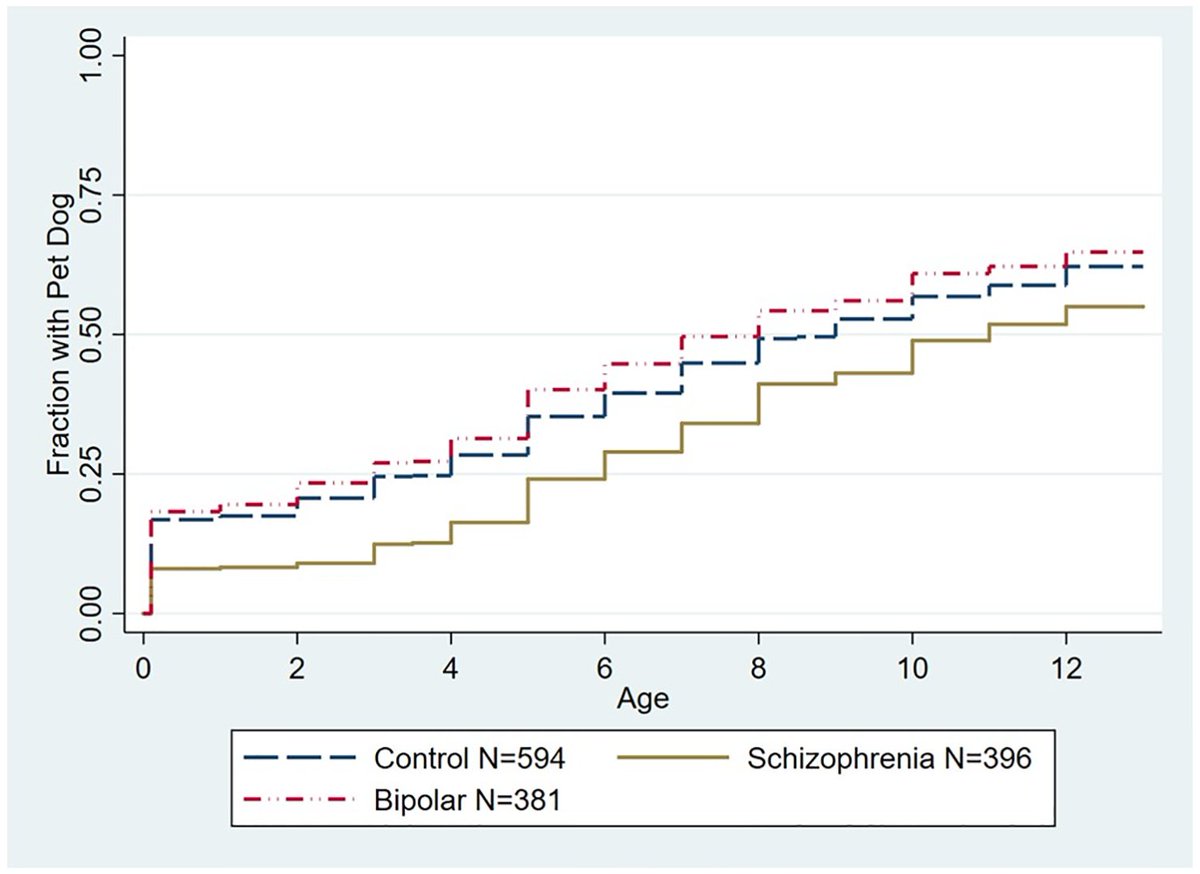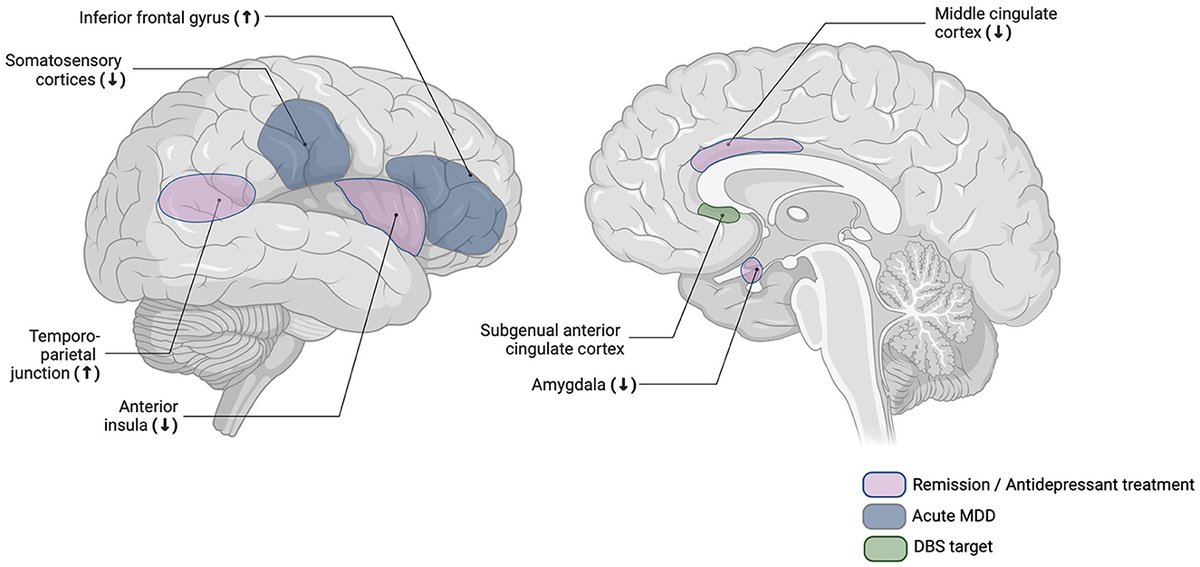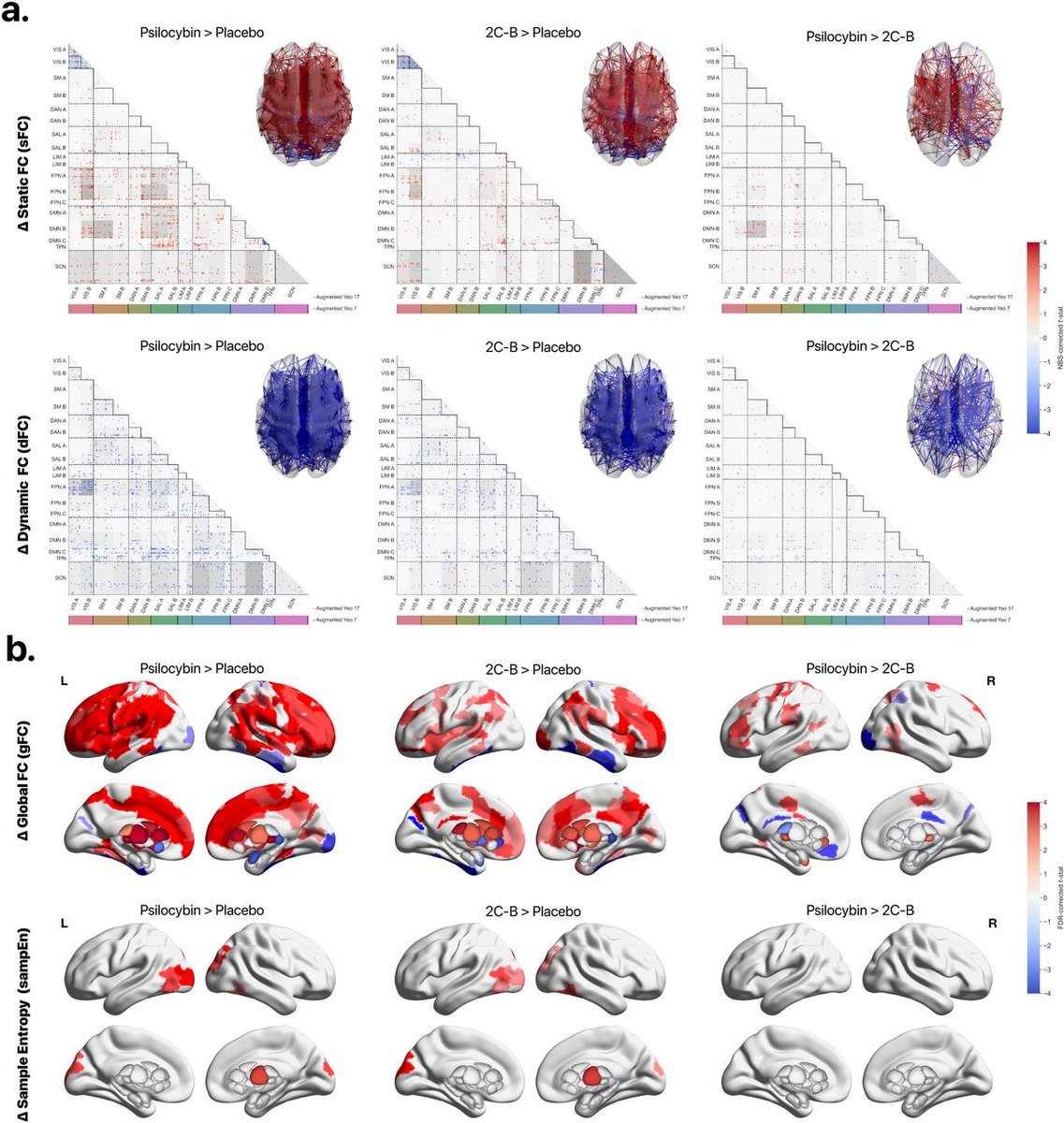These findings are from a study in @NatureMedicine which demonstrated the massed-spaced effect in non-neural, immortalized cell lines. 2/9 nature.com/articles/s4146…

Learning and memory in animals exhibit a peculiar feature known as the massed-spaced effect: training distributed across multiple sessions (spaced training) produces stronger memory than the same amount of training applied in a single episode (massed training). 3/9
The massed-spaced effect, also known as the spacing effect and first documented by Hermann Ebbinghaus, is characterized by the existence of an optimal intertrial interval (ITI) between training sessions. 4/9 

While the spacing effect is typically associated with neural systems, it was hypothesized that it might also be observable in non-neural cells, given that much of the molecular toolkit for memory formation is conserved across cell types. 5/9 
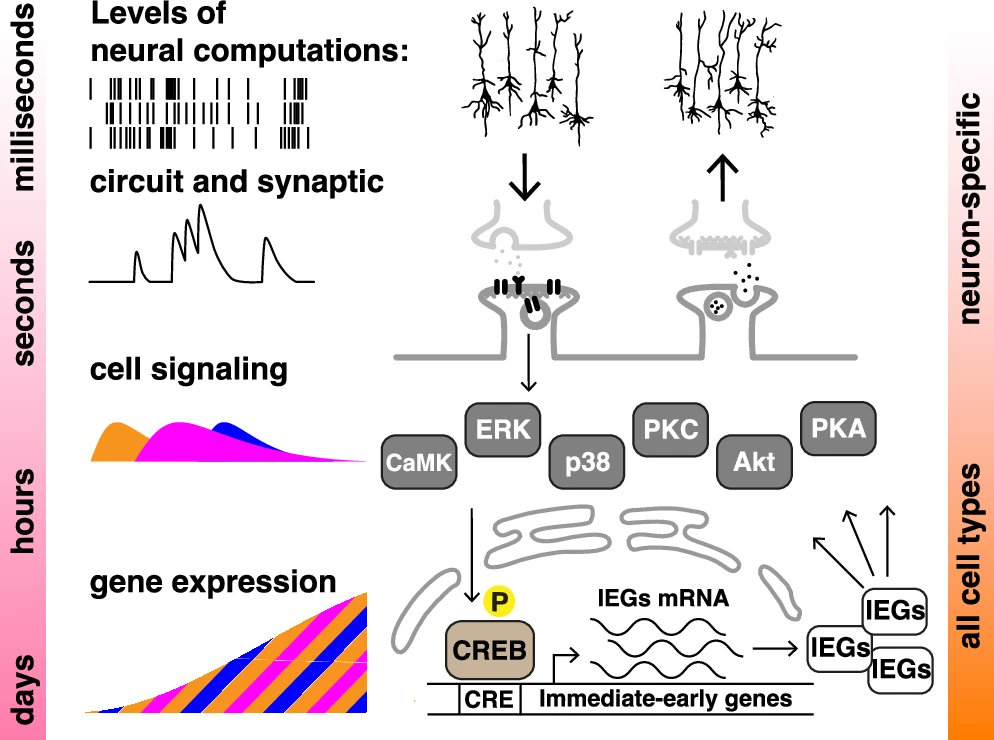
To monitor the memory and learning process, the non-brain cells were engineered to make a glowing protein, which indicated when the memory gene was on and when it was off. 6/9
The results showed that these cells could determine when the chemical pulses, which imitated bursts of neurotransmitter in the brain, were repeated rather than simply prolonged—just as neurons in our brain can register when we learn with breaks rather than cramming all the material in one sitting. 7/9
Specifically, when the pulses were delivered in spaced-out intervals, they turned on the “memory gene” more strongly, and for a longer time, than when the same treatment was delivered all at once. 8/9
Overall, these findings show that canonical features of memory do not necessarily depend on neural circuitry, but can be embedded in the dynamics of signaling cascades conserved across different cell types. 9/9
Read more about personality changes following heart transplant:
https://x.com/NTFabiano/status/1830220142170767762
• • •
Missing some Tweet in this thread? You can try to
force a refresh

